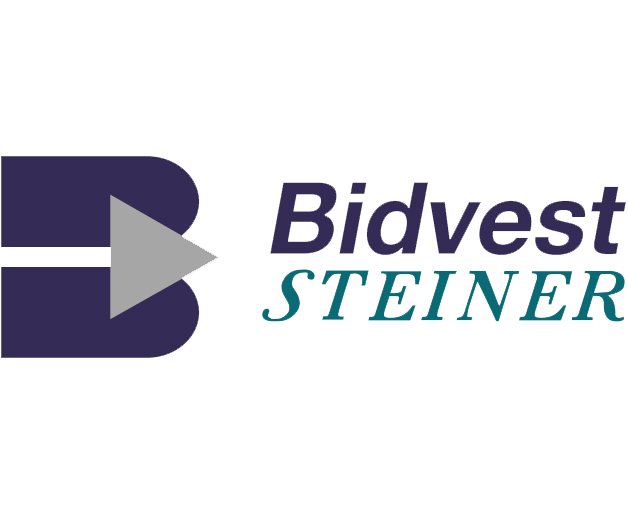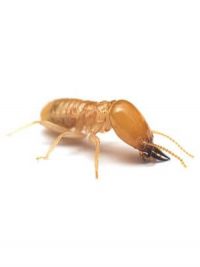Termites can be divided into two groups i.e. subterranean termites and drywood termites.
The harvester termite nest is subterranean, meaning they operate underground, and can only be found by the evidence of soil dumps which are deposited by the workers.
In the case of Dry wood Termites, they are a more domestic species, infecting wood that is covered from rainfall.
Indications of a possible termite infestation may be the scratching sound heard coming from within a doorframe for example. This sound is usually only heard late at night when the house is very quiet and is the sound of the workers foraging for food. Drywood termites on the other hand will dispose of bits of undigested timber (these resemble poppy seeds), by ejecting them through ‘kick holes’, thus indicating their presence.
Termites commonly found in South Africa:
Harvester Termite (Hodotermes mossambicus)
Drywood Termite (Cryptotermes brevis)
Before any treatment is undertaken, a Bidvest Steiner consultant will determine the type and extent of the infestation.
Treatment for subterranean termites could be preventative in that the compacted soil prior to the concrete slab is sprayed with a registered termiticide.
In the case of an existing dwelling being infested, holes would be drilled along all walls and the termiticide pressure injected into them. Foundations would also be excavated to a depth of 500mm and flooded with the termiticide.
All holes and excavations would be made good and rarely noticeable afterwards.
Due to the Dry wood Termites complete lifecycle is carried out within the timber, treatment is completely different. Fumigation is the only possible means of control, and usually means that the entire dwelling is covered with gas tight tarpaulins and a lethal gas is introduced that will penetrate the timber killing all stages of the lifecycle. All the signs of a treatment are made good and rarely noticeable afterwards.



